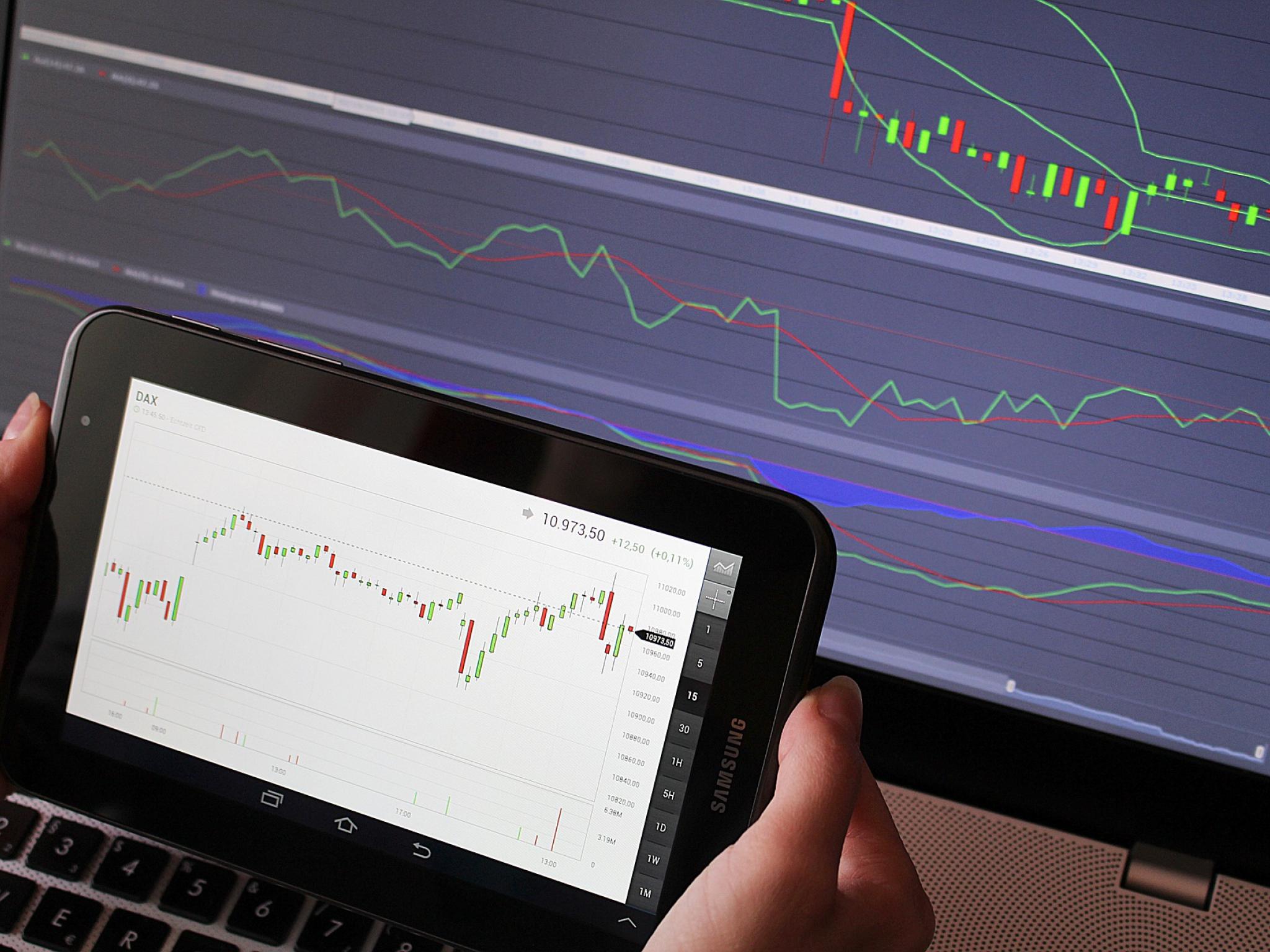
Pulled from Benzinga Pro data, Procter & Gamble (NYSE:PG) posted Q3 earnings of $3.37 billion, an increase from Q2 of 20.63%. Sales dropped to $19.38 billion, a 7.5% decrease between quarters. Procter & Gamble earned $4.24 billion, and sales totaled $20.95 billion in Q2.
Why Is ROIC Significant?
Return on Invested Capital is a measure of yearly pre-tax profit relative to capital invested by a business. Changes in earnings and sales indicate shifts in a company's ROIC. A higher ROIC is generally representative of successful growth of a company and is a sign of higher earnings per share in the future. A low or negative ROIC suggests the opposite. In Q3, Procter & Gamble posted an ROIC of 6.51%.
Keep in mind, while ROIC is a good measure of a company's recent performance, it is not a highly reliable predictor of a company's earnings or sales in the near future.
Return on Invested Capital is a measure of yearly pre-tax profit relative to capital invested by a business. Changes in earnings and sales indicate shifts in a company's ROIC. A higher ROIC is generally representative of successful growth of a company and is a sign of higher earnings per share in the future. A low or negative ROIC suggests the opposite. In Q3, Procter & Gamble posted an ROIC of 6.51%.
Keep in mind, while ROIC is a good measure of a company's recent performance, it is not a highly reliable predictor of a company's earnings or sales in the near future.
For Procter & Gamble, the positive return on invested capital ratio of 6.51% suggests that management is allocating their capital effectively. Effective capital allocation is a positive indicator that a company will achieve more durable success and favorable long-term returns.
Analyst Predictions
Procter & Gamble reported Q3 earnings per share at $1.33/share, which beat analyst predictions of $1.3/share.
This article was generated by Benzinga's automated content engine and reviewed by an editor.







